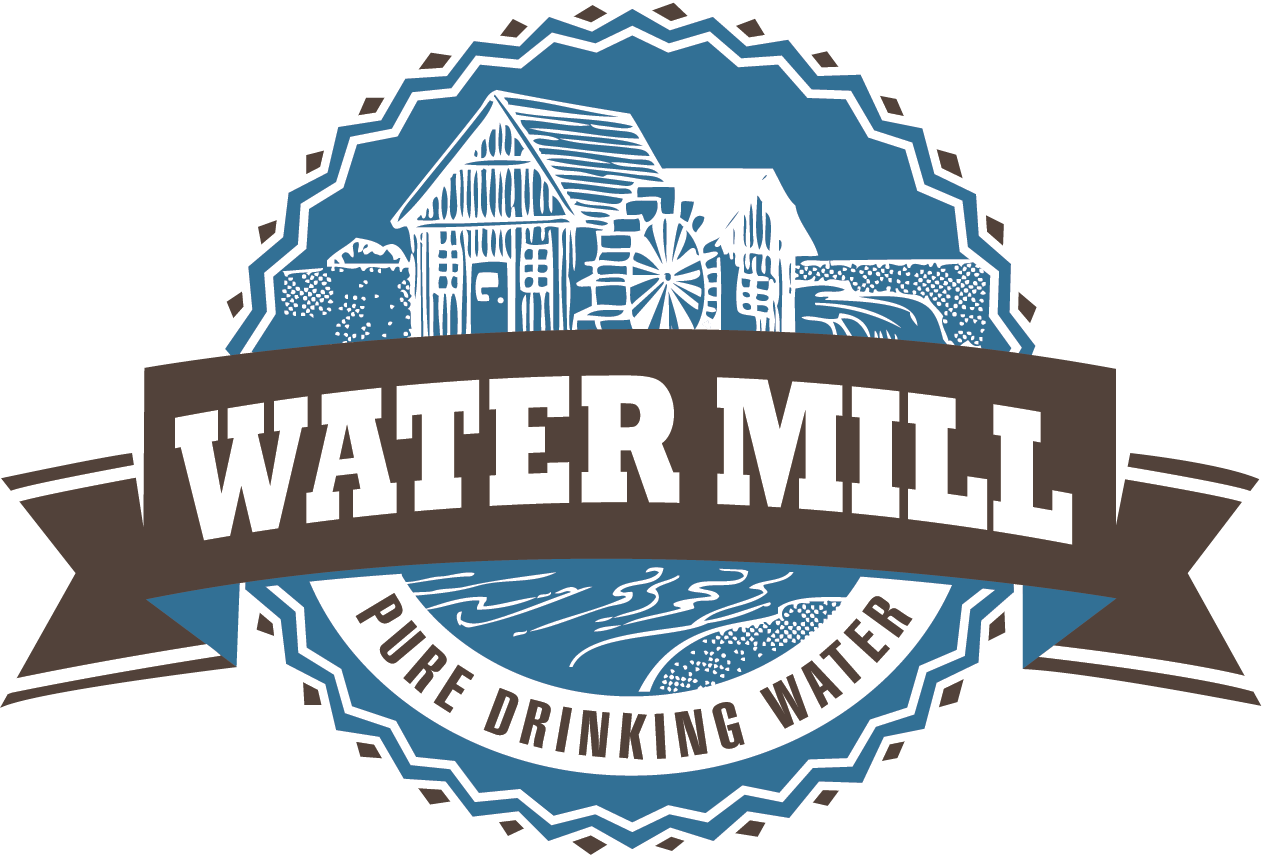
REVERSE OSMOSIS
CONTAMINANT-FREE PURE WATER
how it works
Reverse osmosis works by using pressure to force water through a semi-permeable membrane that blocks contaminants and only allows pure water molecules to pass through. A highly effective means of water purification, Reverse Osmosis removes up to 99% of water contaminants.
Semi-Permeable Membrane: This is the heart of the system. The membrane has very small pores that allow water molecules to pass through, but it blocks larger molecules, including salts, bacteria, heavy metals, and other contaminants.
Pre-Filters: Before water passes through the RO membrane, it typically goes through a series of pre-filters, such as activated carbon filters, that remove larger particles like chlorine, sediment, and other contaminants that could damage the membrane.
Post-Filters: After water has passed through the RO membrane, it often goes through a post-filter, usually activated carbon, to further improve taste and remove any remaining minor contaminants.
Filter and pump customizations can be added to your Reverse Osmosis system to achieve your specific goals, like re-mineralization, de-ionization, pressure maximization and more
When to Use
For people wanting to rid their water of:
Chlorine and Chloramine: Disinfectants often used in municipal water treatment, including Fort Wayne, Huntertown, and the surrounding areas
Heavy Metals: Toxic heavy metals like lead, arsenic, mercury, and cadmium
Pharmaceuticals: Antibiotics, hormones, painkillers, and other drugs found in municipal water which are not currently regulated by the EPA or Safe Water Drinking Act
Trihalomethanes (THMs): Byproducts of municipal water treatment processes that occur when chlorine encounters organic matter in the water, which include Chloroform, Bromoform, Bromodichloromethane, and Dibromochloromethane
Nitrates and Nitrites: Common contaminants from agricultural runoff
Pesticides and Herbicides: Chemicals used in agriculture - such as Glyphosates - which are also not regulated by the EPA or Safe Water Drinking Act
Microorganisms: Bacteria, viruses, and protozoa
Volatile Organic Compounds (VOC): VOCs - like Benzene, Toluene, Xylene, Trichloroethylene, and Tetrachloroethylene - from industrial, agricultural, and stormwater runoff and wastewater contamination
Total Dissolved Solids (TDS): Dissolved and suspended solids, which cause cloudy, murky, and discolored water
Fluoride: Added to municipal drinking water for dental health, fluoridation has become controversial due to recent studies suggesting its potentially negative impact on brain development, thyroid function, and bone health
Salts: Effectively desalinating water, removing sodium and chloride ions
